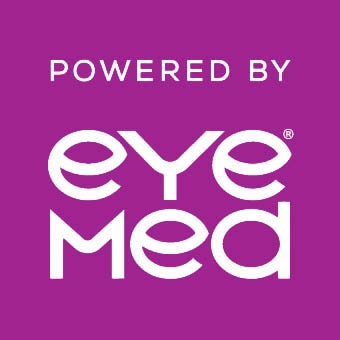A clearer vision for children’s eyecare
A better understanding of barriers to vision care can help Medicaid programs help children
We all want the best for our children. As parents and caregivers, our goal is to prepare them for a bright, healthy future. But it’s a child’s ability to see the world that can have a direct impact on how they view themselves as part of it. Clear, healthy vision is the foundation of children’s educational, social and extracurricular success, but poor vision can have the opposite effect.1
Worse yet, vision problems can easily be misdiagnosed as learning disabilities or attention-deficit disorders.1
Vision issues do not discriminate
1 in 4 children has some type of vision problem.2 Unfortunately, those issues aren’t evenly distributed. Children in low-income homes have a higher risk of vision issues and children living below the poverty line are at nearly twice the risk of being visually impaired than those living well above it.1
How Medicaid fits in
Medicaid offers the Early and Periodic Screening, Diagnostic and Treatment (EPSDT) benefit, which provides comprehensive and preventive health care services for children under age 21 who are enrolled in Medicaid. EPSDT can help by:
- Finding health-related issues early
- Checking children's health on a regular schedule (based on age)
- Providing physical, mental, developmental, dental, hearing, vision and other screening tests to detect potential problems
- Performing diagnostic tests to follow up when a risk is found
- Control, correct or reduce health problems found through proper treatment
Medicaid can be an important resource to help many children get the vision care they need. But first, many families need assistance to help them overcome significant barriers.
Closing the gap
Social determinants of health (SDOH) are the conditions in places where people are born, live, learn, work, play, worship and grow. Some SDOH, such as low incomes, can make it hard for families to pay medical bills, find transportation and get access to quality medical care. Other SDOH, such as limited education, is where Medicaid has an opportunity to improve outcomes with its members.
Education is key
Some Medicaid members may not understand the importance of annual vision care exams and the impact they can have on their child’s overall well-being. While others may not realize that vision care for children is a fully covered benefit under the EPSDT program.
To increase awareness of the availability of vision care and its importance, outreach, and education are critical.
How you can make a difference
Groups, plans and providers should make sure Medicaid members are taking advantage of the benefits they already have. The future of our children’s success depends on it. And it starts with education. Talk to your EyeMed sales rep for more information, or download our whitepaper.
•••
1 - “Increasing Access and Reducing Barriers to Children’s Vision Care Services”; American Public Health Association; apha.org; Oct 2020.
2 - “Children’s Eye Health: 5 Powerful Eye Statistics Every Parent Should See”; 2020 On-Site; 2020onsite. com; March 2021.





